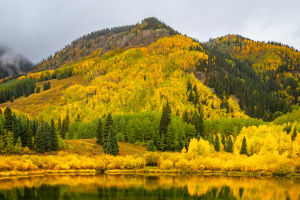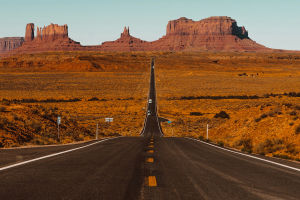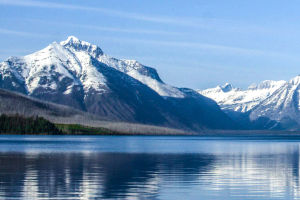Life in the Alps basically centers on land and seasons. Local families have lived in these mountain villages for generations, with a deep attachment to the landscape.
The traditional chalets, mostly made of wood and stone, dot the sides of mountainsides, their typical sloping roofs designed partly to carry heavy snowfall.
Most homes are further adorned with intricate wood carvings, showing regional craftsmanship.
Farming and Alpine Agriculture
Agriculture, in particular dairy farming, forms the backbone of alpine communities. Farmers work year-round and sheep; many are engaged in transhumance-a seasonal movement of livestock. In spring and summer, animals are taken up to the lush alpine pastures where they graze on high-altitude grasses and wildflowers that add to the unique flavors of the region's cheese, such as Gruyère and Fontina. Indeed, many mountain dairy farms invite guests to participate in the production of traditional cheese, thus giving tourists an active taste of alpine culture.
Festivals and Folklore
The alpine communities are highly cultured with festivals almost throughout the year. Events such as Almabtrieb in Austria and Germany denote leave the high pastures for the valleys in autumn. It involves herding with flowers, bells, and ribbons all over them, accompanied by energetic music and dancing. Other celebrations include Fête des Vignerons in Switzerland, where winegrowers celebrate every 20 years with performances and parades.
Sustainable Tourism and Conservation
Locals in the Alps are very involved with nature conservation, fully aware of how climate change is impacting their immediate surroundings. A number of these villages have embraced sustainable tourism methods as a way of preserving their ecosystems. For example, the Swiss ski town of Zermatt only allows electric vehicles to ply its roads, thus reducing overall emissions. These are villages that would host tourists interested in exploring the Alps while supporting eco-friendly tourism.
Seasonal Rhythms and Outdoor Activities
Life in the Alps is closely connected with the season. During winter, skiing, snowboarding, and sledding are at the core of life, and most are employed in local resorts or ski schools. In summer, when snow sports give way to hiking and mountaineering, trails open to reveal stunning green valleys and meadows full of flowers. The Alpine way of life promotes an active, outdoor-oriented life and keeps locals in tune with nature.
Accommodation Options for Visitors
From the most basic guesthouses, where guests share bathroom facilities with family members, to luxurious mountain retreats, options exist for visitors to experience alpine life-from rustic guesthouses to luxury mountain lodges. Guesthouses are around $100 per night and afford travelers a very good chance at an authentic experience, in many ways featuring homemade meals atop a warm family atmosphere. High-end lodges include more comfort and range in price from $300-500 per night, offering great mountain views.
Lyykers, Have You Lived in the Alps?
Has any of you lyykers ever been among the locals in the Alps, or has participated in one of their colorful festivals? If you have had an exciting experience or found some secret place up in the mountains, then share it with us! What did you like the most about the alpine life?
Road Trip to the Austrian Alps || Traunsee Austria || Austria TOP Places to Visit
Video by Ervinslens


